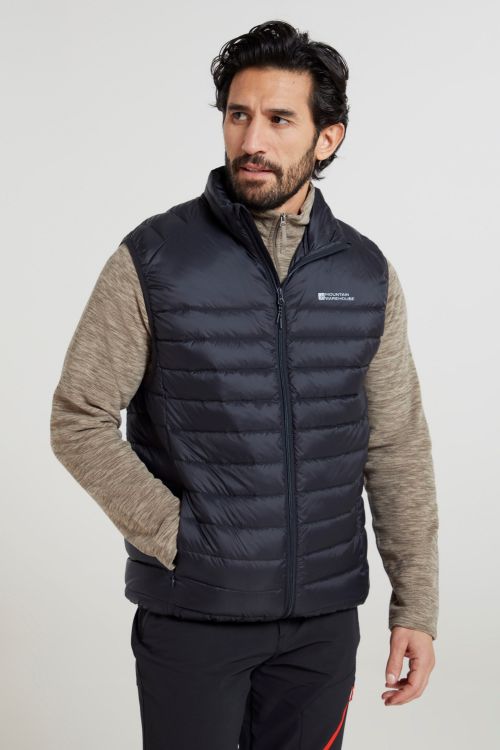As winter approaches, mastering the art of layering becomes essential to keep warm and comfortable while facing fluctuating temperatures. Layering clothes not only provides insulation but also allows you to showcase your personal style.
In this article we will talk about the key elements of effective winter layering, from base layers to outerwear, so you can brave the cold with confidence and flair.
Base Layer
The base layer is the foundation of your winter outfit. Choose a moisture-wicking fabric, such as merino wool or synthetic blends, to keep you dry and comfortable. This layer should fit snugly against your skin without being restrictive. Opt for long-sleeved tops and thermal leggings or long underwear to provide insulation and retain body heat.
Middle Layer
The middle layer is where the bulk of insulation comes into play. This layer’s purpose is to trap warmth and create a barrier between your body and the cold outside air. Consider materials like fleece, down, or synthetic insulation for your middle layer. Sweaters, fleece jackets, or down vests are versatile options that can be easily added or removed as needed.
Outer Layer
The outer layer serves as your shield against wind, rain, and snow. Look for a waterproof or water-resistant jacket or coat that provides protection from the elements. Consider options with features like adjustable hoods, sealed seams, and breathable fabrics. A well-fitted outer layer will help maintain your body temperature while keeping you dry and comfortable.
Accessories
Don’t overlook the importance of accessories in your winter layering ensemble. Hats, scarves, gloves, and thermal socks are crucial for protecting exposed areas and preserving body heat. Opt for materials like wool or fleece for added insulation. Consider layering thin gloves under thicker mittens for extra warmth. Neck gaiters or balaclavas can also provide extra protection for your face and neck in extreme cold.
Footwear
Keep your feet warm and dry with the right winter footwear. Insulated and waterproof boots with good traction are essential for navigating snowy or icy conditions. Consider wearing moisture-wicking or thermal socks to provide extra insulation and prevent moisture build-up.
Smart Layering Tips
- Experiment with different layering combinations to find what works best for you.
- Choose clothing items in varying thicknesses to create layers of different warmth levels.
- Avoid bulky layers that restrict movement or cause discomfort.
- Pay attention to the fit of each layer to ensure optimal insulation and ease of movement.
- Be mindful of your activity level and adjust your layers accordingly. If you’re going to be active, you may need fewer layers to avoid overheating.
Conclusion
Mastering the art of layering clothes for winter is essential to stay warm, comfortable, and stylish during the colder months. By following these key principles, you can create effective layering systems that provide insulation, manage moisture, and protect against harsh weather conditions.
Remember to choose fabrics and garments designed for performance and comfort, and don’t forget the importance of accessories and footwear. With the right layering techniques, you’ll be ready to embrace the winter season with confidence, no matter the temperature outside.

For over 12 years, I have been testing and reviewing heating technologies that overcome cold weather conditions. In recent years, I have specialized in the heated apparel. I’ve made it my mission to educate people about heated clothing.
